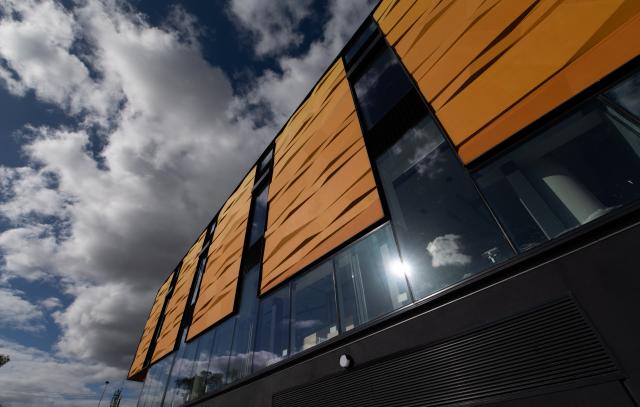By Lia Bichel
A PUSH by local council to make roadside tributes take the form of less distracting roadside crash indicators has failed.
In April, Casey councillor Wayne Smith urged the council to investigate implementing a roadsides crash indicator program because he believed large floral tributes left near fatal accident scenes were potentially dangerous.
This week, a report came back to the council which stated the move was not supported by VicRoads and Victoria Police and that a local program would not be effective without their support.
City of Casey Mayor said that while it was disappointing, she respected the decision.
“What we wanted was a dignified and classy approach to roadside memorial and crash indicators uniformed throughout the city,” Cr Balmes said.
“It wasn’t support by VicRoads and they have their reasons.
“We, as a council, are very supportive of Victoria Police and have a healthy respect for VicRoads and do not want to disrespect their wishes.
“They may have though that this approach would be distracting and they also have to consider the safety of others.”
Cr Balmes said roadside tributes would continue to be monitored to ensure the safety of drivers.
In April, former Casey Highway Patrol Leading Senior Constable Allen Inderwisch said the council would have the full support of local police.
“We understand people have the right to set up remembrance memorials at scenes where they have lost loved ones but there needs be a balance so that memorial sites are not hazardous and that there is a safe passage on the road,” he said.
“Something like this would form a great balance and would be welcomed in Casey.”
But VicRoads director of safer roads Julian Lyngcoln said while VicRoads respected the sensitive natures of families’ request to mark the location of a fatal road crash, it also considered that some people affected by road trauma may not want a permanent memorial.
“VicRoads adopts the most effective ways of educating people about road safety, in particular the current education campaigns focus on targeting the things that lead to crashes,” Mr Lyngcoln said.
“Memorials and markers generally do not highlight what went wrong and what other motorists can do to reduce their risks.
“Other considerations include whether or not the proposed signage would be a distraction to other drivers or be a hazard in themselves if not constructed in an appropriate location, in an appropriate way and with appropriate materials.
“Some memorials require additional resources for maintenance and may make it harder to maintain the roadside or to do new works such as road widening.”
Road memorials are to remain- In 2009, police removed tributes from a fatal accident in an attempt to prevent any more fatalities. 33319 Picture: Stewart Chambers
Digital Editions
-

Indigenous treaty signed but critics doubt its benefits
An Australian-first treaty with Aboriginal people will take effect just before Christmas but will not be up and running until mid-2026. The signing of the…





